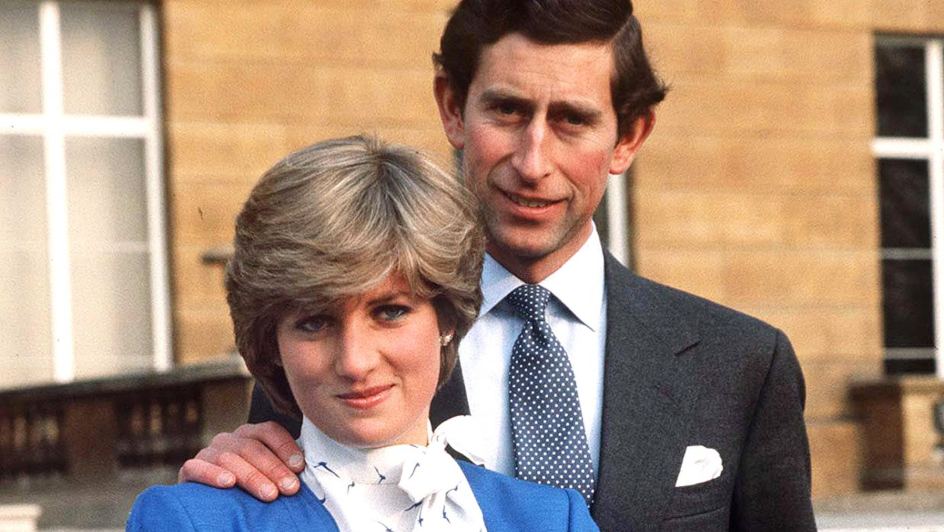#ThrowbackThursday – 24 February

From an engagement of a famous (yet highly troubled) couple to the retirement of a guerilla-turned-president, here are five events that went down in history on 24 February:
1825 – Bowdler Dies (or, Leaves This Mortal Coil)
Today marks the death of the man who murdered William Shakespeare. Okay, so he didn’t literally kill Shakespeare, although there are probably many people who thought he did after rewriting the Bard’s works.
In 1807, Dr Thomas Bowdler published his first edition of “The Family Shakspeare” (yup, Shakspeare), which contained family-friendly versions of 24 plays. According to Bowdler, he wanted to “remove from the writings of Shakespeare some defects which diminish their value, and at the same time to present to the public an edition of his plays which the parent, the guardian and the instructor of youth may place without fear in the hands of his pupils.”
Essentially, Bowdler censored or outright removed the more bawdy parts of the Bards’ parts. For example, in “Hamlet”, Ophelia’s death is referred to as an accidental drowning rather than suicide. Meanwhile, in “Macbeth”, Lady Macbeth’s line, “Out, damned spot!” became “Out, crimson spot!”
Bowdler’s reworked Shakespearean plays were a commercial success at the time. He then died in 1825 at the age of 70. Nowadays, he is best known for introducing a new word to the English language: “bowdlerise’, which means to omit or modify parts from texts that are considered offensive.
1979 – Forking Out for a Pork
Bacon is not exactly cheap, but one would think that it’s worth its weight in gold after a certain pig got sold off in the ‘70s.
Glacier was a hefty duroc boar who belonged to a Stamford, Texas swine-breeder named Russ Braize.
At the Southwest Duroc Type Conference in Wichita, Kansas, Braize sold Glacier to William and Myron Meinhart of Hudson, Iowa – for a whopping $42 500! As such, for 18 years, Glacier was the most expensive boar of all breeds to be sold.
1981 – A Royal Engagement
The first step in Prince Charles and Princess Diana’s turbulent marriage was taken on this day, and it started with the news of their engagement.
Lord Charles MacLean, then a chief official of Queen Elizabeth II’s household, made the following statement at an investiture at Buckingham Palace: “It is with greatest pleasure that the Queen and the Duke of Edinburgh announce the betrothal of their beloved son the Prince of Wales to the Lady Diana Spencer, daughter of the Earl Spencer and the Honourable Mrs Shand Kydd.”
Per reports at the time, Princes Charles, 32, proposed to Diana, 19, with a diamond and sapphire ring three weeks before her tour to Australia. In an interview soon after the engagement was announced, the couple gushed about how “delighted” and “blissfully happy” they were. Five months later, they were wedded.
Unfortunately, their marriage was fraught with scandal, infidelity and conflict, leading to their separation in 1992. Four years later, they formalised their divorce; one year afterwards, Princess Diana tragically died in a car crash in Paris, France.
2008 – Castro Steps Down
After 49 years in power, Cuban President Fidel Castro announced that he would be retiring.
“To my dear compatriots, who gave me the immense honour in recent days of electing me a member of parliament,” Castro wrote in a statement, “I communicate to you that I will not aspire to or accept – I repeat, not aspire to or accept – the positions of president of the Council of State and commander-in-chief.”
The then-81-year-old’s announcement came 19 months after he underwent stomach surgery, leaving him in a delicate state of health. He would die eight years later at the age of 90.
Castro assumed the presidency of Cuba after he and his fellow guerillas overthrew the US-backed dictator Fulgencio Batista in 1959. For 49 years, he held power over the communist country – many admired his ability to stand up to the US, while others saw him as a tyrant who suppressed human rights.
2014 – The Age of Zircon
Our world is over 4.5 billion-years-old, and in 2014, scientists identified a crystal which is nearly just as old.
This crystal – described as zircon, and at the size of a small, barely visible grain of sand – was discovered on a remote sheep farm in western Australia in 2001. According to a team of geo-scientists from the University of Wisconsin-Madison, it was dated to be 4.4 billion-years-old.
Thirteen years later, the same team were able to prove the crystal’s age using a technique called atom probe tomography. This allowed the team to see individual atoms of lead found within the sample and see whether they had moved. As such, they determined that this miniscule piece of rock is really, really ancient.
Image Credit: Source


















